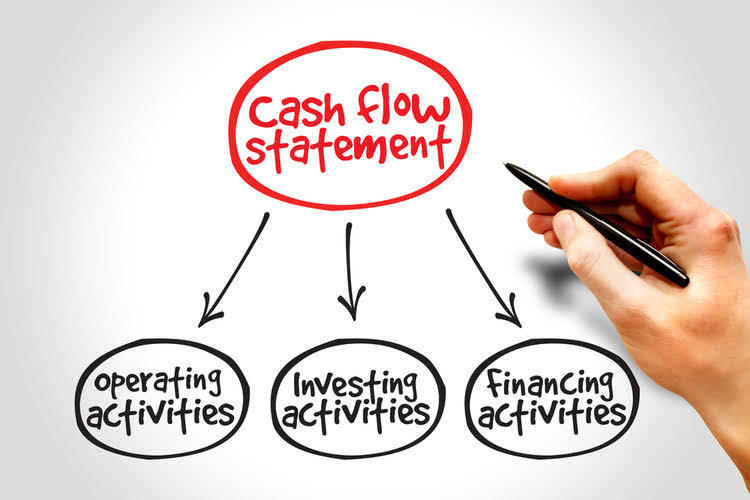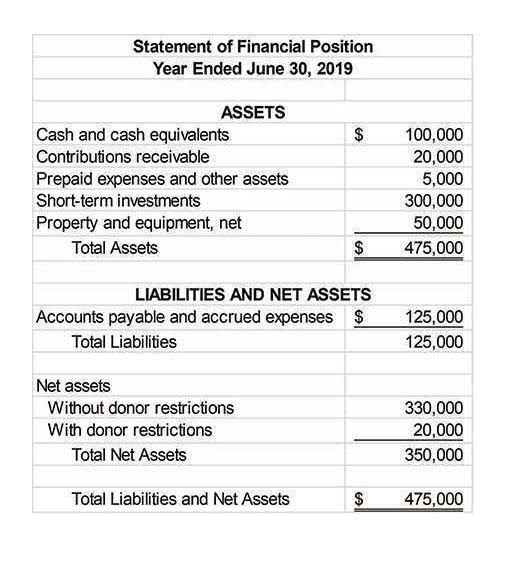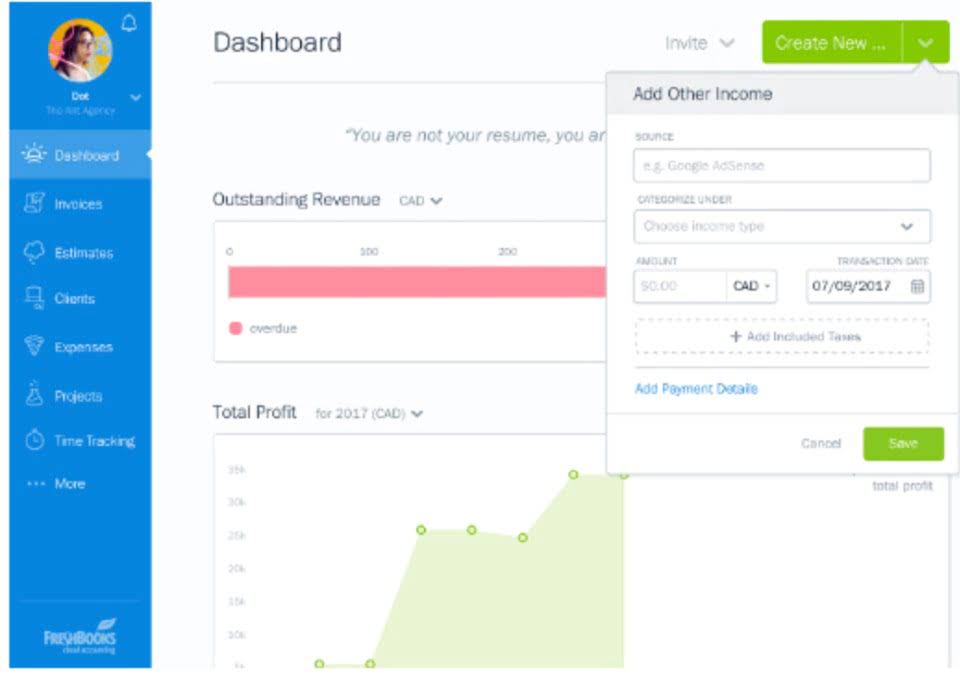
Aim for a structure that is detailed enough to be informative but not overwhelming. Segregating non-operating or infrequent items helps clarify the regular economic activities of your business. Placing these items in a section called “Other” ensures they are easily identifiable. If you’re in a growth-oriented phase, your team might benefit from a detailed COA that categorizes accounts by department to track performance and manage budgets effectively. You can add accounts to your COA at any time, but you should only delete accounts from your COA at the end of the fiscal year. Take it one step further and split out your labor costs between departments to compare your investments in labor in different areas of the business.

Subcategory / Account Name / Detail Type / Etc

You can have multiple liability accounts in the COA, representing different types of your obligations. You can have multiple asset accounts, each representing a different type of asset. Some businesses can indicate COGS, gain and losses, etc., as separate accounts to structurize their finances even more granuarly.
Income Statement Accounts
An accurate and well-planned COA gives you a clear understanding of your overall financial health and helps you make strategic decisions to drive further growth in your company. These standards provide guidelines sample chart of accounts numbering for financial reporting, including the structure of the COA. Accounting software can facilitate standardization, providing pre-defined templates that align with generally accepted accounting principles (GAAP).
- The type of marketing accounts your company has will vary based on the type of product you’re selling or service you offer, as well as the size of your business.
- We provide third-party links as a convenience and for informational purposes only.
- And you may not have the time or resources to make these changes yourself.
- Equity is listed alongside liabilities, representing the shareholders’ stake in the company’s assets.
- Your COA is useful to refer to when recording transactions in your general ledger.
How to Create a Numbering System for a Chart of Accounts
In the United States businessesand organizations widely use a standardized chart of accounts. The chart of accounts (COA) is a list of accounts a company uses to record its financial transactions. It’s a fundamental accounting framework you use to organize your financial records and build reporting around. With a chart of accounts numbering system, each account is allocated a code depending on the complexity of the business and the amount of detail required from its financial reporting system.
- Book your seat at our free Weekly Webinar of try Synder for free to see how it can help you manage your business more efficiently.
- The table below reflects how a COA typically orders these main account types.
- A standard COA will be a numbered list of the accounts that fill out a company’s general ledger, acting as a filing system that categorizes a company’s accounts.
- Instead of lumping all your income into one account, assess your various profitable activities and sort them by income type.
- What’s important is to use the same format over time for the consistency of period-to-period and year-to-year comparisons.
Which Are the Most In-Demand Accounting Jobs Right Now?

Although most decent accounting software packages will generate and maintain these identifying numbers for you, it’s still a good idea to have a solid understanding of the underlying system. Small businesses may record hundreds or even thousands of transactions each year. A chart of accounts (COA) is a comprehensive catalog of accounts you can use to categorize those transactions. Ultimately, it helps you make sense of a large pool of data and understand your business’s financial history. A chart of accounts (COA) is an index of all of the financial accounts in a company’s general ledger. In short, it is an organizational tool that lists by category and line item all of the financial transactions that a company conducted during a specific accounting period.
Therefore, it pays to be meticulous when either setting up, adjusting, or customizing your chart of accounts. At the risk of sounding repetitive, being thorough on the front-end will save you much heartache on the backend. Specifically, you want to use an identifier numbering system that provides plenty of real estate for you to add account categories down the road without having to reinvent the COA wheel. There’s nothing special about the balance sheet accounts you use within your COA since they flow into the balance sheet you already know and love.
Best Free Accounting Software for Small Businesses of 2024

A liabilities account records the obligations or debts that a business owes to outside parties, which must be settled in the future. Creating a COA provides a snapshot of your company’s financial health—something that potential lenders and investors will need to see before they invest in https://www.bookstime.com/ your business, provide funding, or approve a loan. A chart of accounts will likely be as large and as complex as the company itself. An international corporation with several divisions may need thousands of accounts, whereas a small local retailer may need as few as one hundred accounts.
- Some companies track these as administrative expenses and others track them as indirect job expenses — they are expenses that go towards a job but aren’t specific to any one entity.
- Current liabilities are any outstanding payments that are due within the year, while non-current or long-term liabilities are payments due more than a year from the date of the report.
- You can think of this like a rolodex of accounts that the bookkeeper and the accounting software can use to record transactions, make reports, and prepare financial statements throughout the year.
- As a slight aside, it’s also important to keep in mind the relationship between your COA, GL, and financial statements.
- And we split it out by industry for even quicker time-to-value for you.
- Many organizations structure their COAs so that expense information is separately compiled by department.
Best Practices to Reduce DSO and Set Your Cash Flow Free
The bookkeeper would be able to tell the difference by the account number. An asset would have the prefix of 1 and an expense would have a prefix of 5. This structure can avoid confusion in the bookkeeper process and ensure the proper account is selected when recording transactions. You can think of this like a rolodex of accounts that the bookkeeper and the accounting software can use to record transactions, make reports, and prepare financial statements throughout the year. The more accurate your categorization of transactions is, the better your financial statements will be. You’ll have confidence that all the reports are capturing true costs if your structure provides enough detail to see where the money goes.
The balance sheet accounts

Since these tangible items of value are considered assets, they’ll start with “1.” Here’s an example of how you might organize this section. When you create your own version of it, your types of accounts might vary based on your business. That’s what your company faces without a well-organized chart of accounts. It’s like wandering through a complex and sprawling city in search of a financial needle in a haystack. For starters, your accounting data can quickly become unreliable and outdated, which is an especially poor turn of events when timely insights are essential. From there, you can get even more detailed, further categorizing items by their business function, company divisions, product and service lines, and more.
Residential developers may be recognizing their income in this way, as they only get paid when a house sells. When in doubt, ask your bookkeeping team or CPA for clarification before categorizing the transaction. Here at Graphite, we put together a free downloadable Chart of Accounts example that takes into account all of these best practices. And we split it out by industry for even quicker time-to-value for you.